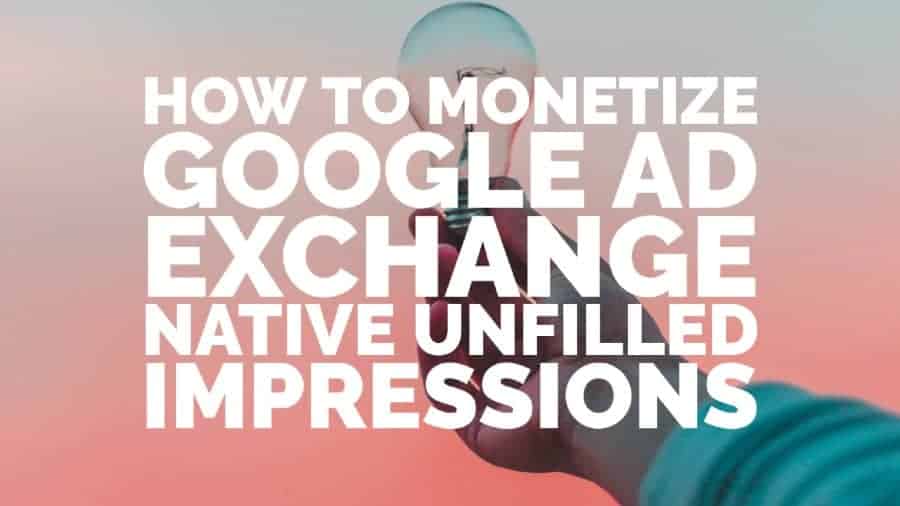
Most publishers have either already started testing Native ads or have it as a part of their near future strategies.
Native ad serving technology in Google Ad Manager offers publishers an easy setup that can be created once and leveraged as a template without having to reconfigure them at the native style or creation level. Unless you want new ads to have different variables/format (fields in the creative settings) and styling, you can go ahead with the native styles (one size per style) associated with the same format. Simply change the settings in the creative such as the image file, title, headline, and advertiser, etc.
However, the same may not be true for every publisher. It might not be the best way to juice up viewability rates, but it can help to improve CPMs click through rates. The best option would be to do controlled A/B testing, with any of the following combinations and make a call based on the test results:
Google’s Ad Exchange (AdX) has always been the go-to source for the best rates and fills for native requests. Depending on the site/vertical, the fill rate of Google demand might be low in some instances. Here are some options publishers should explore if the unfilled count of native requests is high, even with Google demand in the current ad stack are:
This is also a recommendation that Google puts out after running multiple test scenarios. If there is not much native demand, a display ad can serve instead, with the configured non-native sizes. Keep in mind that this might not be feasible in cases where a specific slot was purpose-built only to handle native formats and not regular display ads.
The main advantage with native ads is the control retained by the publisher, on how an ad can look. This is not a possibility with display ads, as the creatives come pre-built without any customizing options.
Build multiple native styles and set them to serve:
Reach out to ad networks to have their native demand integrated within your ad stack. You can do that in the following ways:
#1 – For good fill and consistent performance of native styles, always adhere to the guidelines set out by Google. This playbook is an excellent reference for a quick overview for your design teams: https://f.m2.ai/sb081adc9
#2 – If feasible, don’t restrict your inventory to run Native and display ads exclusively. This can limit the available demand considerably. After running a few tests and if the rates/fill look good for native ads, in that case, running only native on specific positions would make sense.
#3 – Compared to native ads
Are you struggling with high levels of unfilled ad impressions? MonetizeMore can help! Our team of ad ops specialists can help optimize your native ads and reduce unfilled impressions. We’ll take care of all the hard work so that you can focus on your business! Are you ready to maximize your ad revenue? Sign up today!
10X your ad revenue with our award-winning solutions.